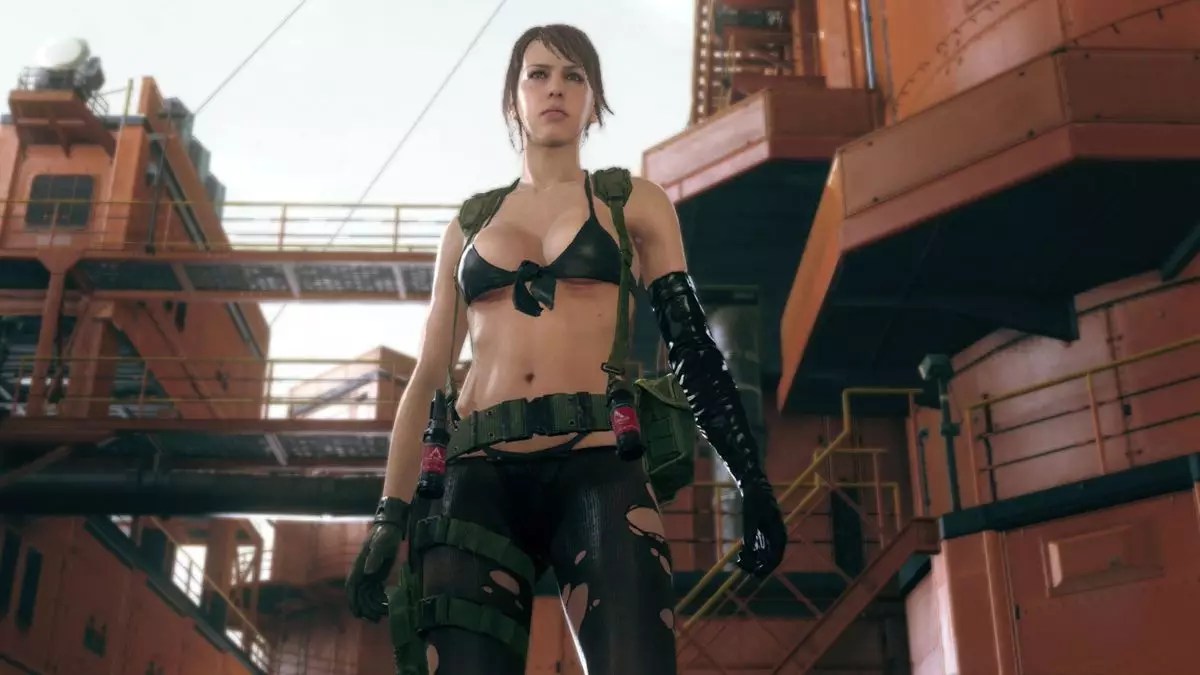The Metal Gear Solid series has made an indelible mark on the gaming industry, not just with its intricate narratives and strategic gameplay, but also through its memorable character designs. At the heart of this aesthetic prowess lies director Hideo Kojima and his collaboration with designer Yoji Shinkawa. Their vision shaped the visual identity of the franchise, showcasing how character design can serve as an extension of storytelling.
Kojima’s expectations for character design have roots in the thematic depth of the series. In a 1998 interview, Kojima underscored the need for a “hardboiled” aesthetic to complement the serious, sometimes bleak narratives presented in Metal Gear Solid. This ambitious directive set the tone for the visual direction of the characters, aiming for designs that resonate with the emotional and psychological weight of their roles. Kojima’s understanding of the importance of visual storytelling is profound; he believed that characters should reflect their motivations and personalities through their appearance. This is a dynamic approach that elevates character design from mere decoration to a crucial narrative device.
Shinkawa’s insight into the design challenges he faced illustrates the complexities involved in translating Kojima’s vision into visual forms. The anecdote regarding Solid Snake’s early design highlights the trials that can occur when artistic intent clashes with overarching goals. The humorous reference to Snake resembling “Captain Future” serves as a reflection of the iterative process inherent in character creation. It underscores the necessity for designers to balance inspiration with the foundational narrative elements that Kojima was so passionate about upholding.
While Kojima’s philosophy has generally led to coherent and meaningful designs, the introduction of characters like Quiet in Metal Gear Solid V sparked debate among fans and critics alike. Her overly sexualized appearance has been perceived as a departure from Kojima’s originally stringent design standards. Nevertheless, Quiet’s design garnered both critique and acclaim, demonstrating how character designs can evoke strong reactions and become emblematic of a game’s culture, regardless of their origins in criticism.
With Kojima’s departure from Konami, the future direction of character design within the Metal Gear Solid franchise remains uncertain. His meticulous standards have defined the series for decades, and the question arises whether upcoming titles will preserve the same depth and intent behind their visual representation. The legacy of Kojima and Shinkawa’s collaboration is a testament to the power of thoughtful character design, a narrative tool that goes beyond aesthetics to enrich the gameplay experience.
The character designs of Metal Gear Solid serve as a fascinating intersection of art and narrative. Kojima’s strict criteria not only influenced how characters look but also imbued them with profound significance within the story. As the series progresses, the challenge will be maintaining this balance of artistry and thematic coherence—an endeavor that will undoubtedly shape the legacy of Metal Gear Solid for future generations.


Leave a Reply